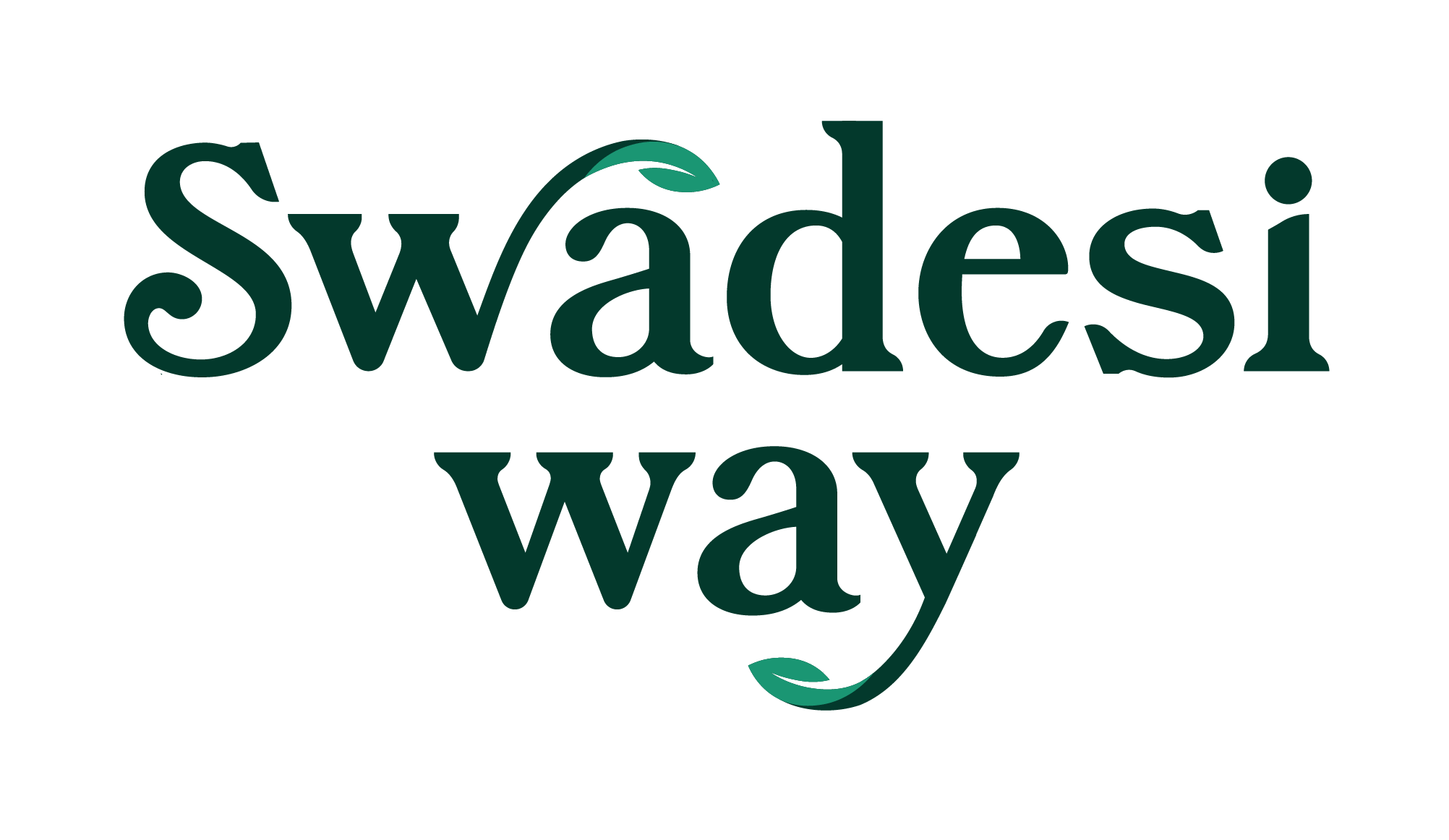-
What is Adulteration?
-
Types of Adulterants in Lentils
-
Some common combinations
-
Purpose of Adulteration
-
Health Concerns
-
Concluding Note

Adulteration in Lentils- How are you being scammed?
Remember that scene from Nayak (2001) movie where Anil Kapoor surprises a government ration depot and finds the scams that were happening in those depots?
Well, consider this blog your Anil Kapoor to the scams of the lentil world.
Adulteration of food in India is a widely concerning topic and among all the adulterations possible, adulteration of lentils is extremely harmful. We consume lentils on a daily basis thinking it is healthy for the human body but what if it’s not entirely just lentils? Therefore, in this blog, we will talk about some common adulterants of lentils.
What is Adulteration?
Before seeing adulterants of lentils let us first see what exactly is an adulteration. A very common definition of adulteration is as follows:
“The addition or subtraction of any substance to or from food, so that the natural composition and quality of food substance is affected.”
Let’s understand this with an example, imagine you are a milk seller who regularly delivers milk to your neighboring areas. One fine day you had a thought that you can increase your profit by selling milk which has 30% water in it. The customer won’t be able to figure it out as the color of the mixture will be the same. In this case, water is the adulterant and this whole process is adulteration.
Types of Adulterants in Lentils
The market is flooded with a variety of adulterants serving the needs of the seller. Although the list is non-exhaustive here we are presenting you some of the major adulterants used in the lentils industry.
|
Type |
Adulterants |
|
Intentional Adulterants |
Dhatura seeds,chakunda beans, sand, marble chips, khesari dal, stones, other filth, water as moisture, harmful color, |
|
Incidental adulterants |
Pesticide residues, droppings of rodents, larva in food. |
|
Metallic Contaminants |
Arsenic from pesticides, Lead from water, effluent from chemical industries |
Some common combination includes:
- Chakunda beans in pulses
- Excess bran in wheat flour
- Non-permitted colors like metanil yellow in lentils and turmeric
- Khesari dal in dal
- Dhatura in food grains
- Turmeric in Sella rice
Recommended Reading
Here’s how bread companies are scamming you by selling unhealthy bread!
Purpose of Adulteration
The purpose of adulteration in most cases is pretty simple, i.e., financial gains. Although sellers can use adulteration as a technique when they want to clear the unsold stock and this is a widely accepted practice in OPEN markets where keeping a strict regulatory check is difficult. Two main purposes are as follows:
- Financial Gains: Generally, adulterants are added to the lentils to increase the weight of the mixture and thus, increase the profits. The adulterants used for this purpose mainly involve khesari dal stones, stones, sand, marble chips, etc.
- To deceive the Quality: Artificial colors like lead chromate, metanil yellow, etc. are used to enhance the color of the besan, turmeric, or the lentils and deceive the customer about the quality of the eatable. Colors like metanil yellow are strictly non-permitted food colors in India but are still being widely used.
Health Concerns
Probably we wouldn’t be talking about adulteration now if those adulterants weren’t so unhealthy and in some cases, a cause of terminating disease too.
- Digestion Issues: Answer yourself, What will happen if you consume sand, marble chips, stones, and materials of the same kind on a regular basis? Adulterants of this kind are a major contributor to digestion issues because our stomach is meant to digest food and not stones.
- Lathyrism: Khesari dal was banned by the Government of India in 1961 due to some evidence pointing to its relation with Lathyrism. Even though it was banned for around 55 years it was openly being sold in the open markets and it is still a number one adulterant used in the lentils. The ban has been lifted recently but FSSAI has strictly banned the mixing of Khesari dal with other lentils concerning its negative health impact including Latyhrism.
- Carcinogenic: Unfortunately, it’s true! There is evidence of adulterants like metanil yellow contributing to the cancer development in the body but it is still excessively used as an adulterant in lentils and turmeric.
Concluding Note
Adulteration of food is a serious problem in India as well as worldwide. The first step to deal with it is to acknowledge its presence. We at Leap Club have always tried and made sure that our customers should always receive 100% natural products. With a motto of Your Health is our Happiness, Leap Club has always worked towards creating awareness about health problems and scams that are happening in the food industry.
If you feel our work is commendable, do check out our 100% adulteration-free range of lentils delivered directly at your doorstep.
Till then,
Happy Healthy Shopping!


